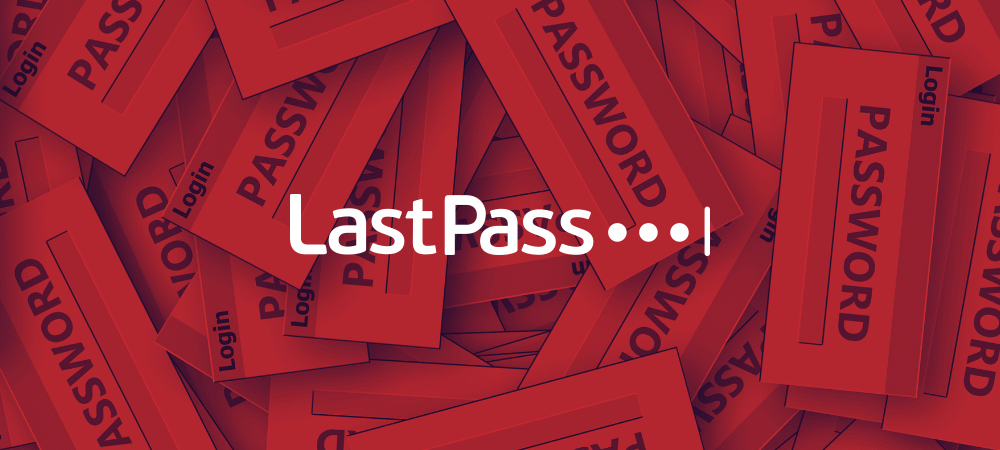

For more information about our Zero Knowledge architecture and encryption algorithms, please see here.“ As a reminder, the master password is never known to LastPass and is not stored or maintained by LastPass. The encryption and decryption of data is performed only on the local LastPass client. These encrypted fields remain secured with 256-bit AES encryption and can only be decrypted with a unique encryption key derived from each user’s master password using our Zero Knowledge architecture.

“The threat actor was also able to copy a backup of customer vault data from the encrypted storage container which is stored in a proprietary binary format that contains both unencrypted data, such as website URLs, as well as fully-encrypted sensitive fields such as website usernames and passwords, secure notes, and form-filled data. More concerning, customers’ password vaults were also copied during the incident: “To date, we have determined that once the cloud storage access key and dual storage container decryption keys were obtained, the threat actor copied information from backup that contained basic customer account information and related metadata including company names, end-user names, billing addresses, email addresses, telephone numbers, and the IP addresses from which customers were accessing the LastPass service.” LastPass CEO Karim Toubba wrote the update today on the company’s blog (spotted by TechCrunch).Īfter sharing on November 30 that its systems were indeed compromised sometime after an August 2022 incident, now a fuller picture of the damage has been revealed.įirst, LastPass says that the hacker has access to customer information like names, addresses, emails, phone numbers, and more. While the scope of the attack wasn’t clear in early December, now the company has shared that copies of customers’ password vaults were obtained along with names, emails, billing addresses, phone numbers, and more. LastPass is back today with its latest statement on the damage of its security breach.


 0 kommentar(er)
0 kommentar(er)
